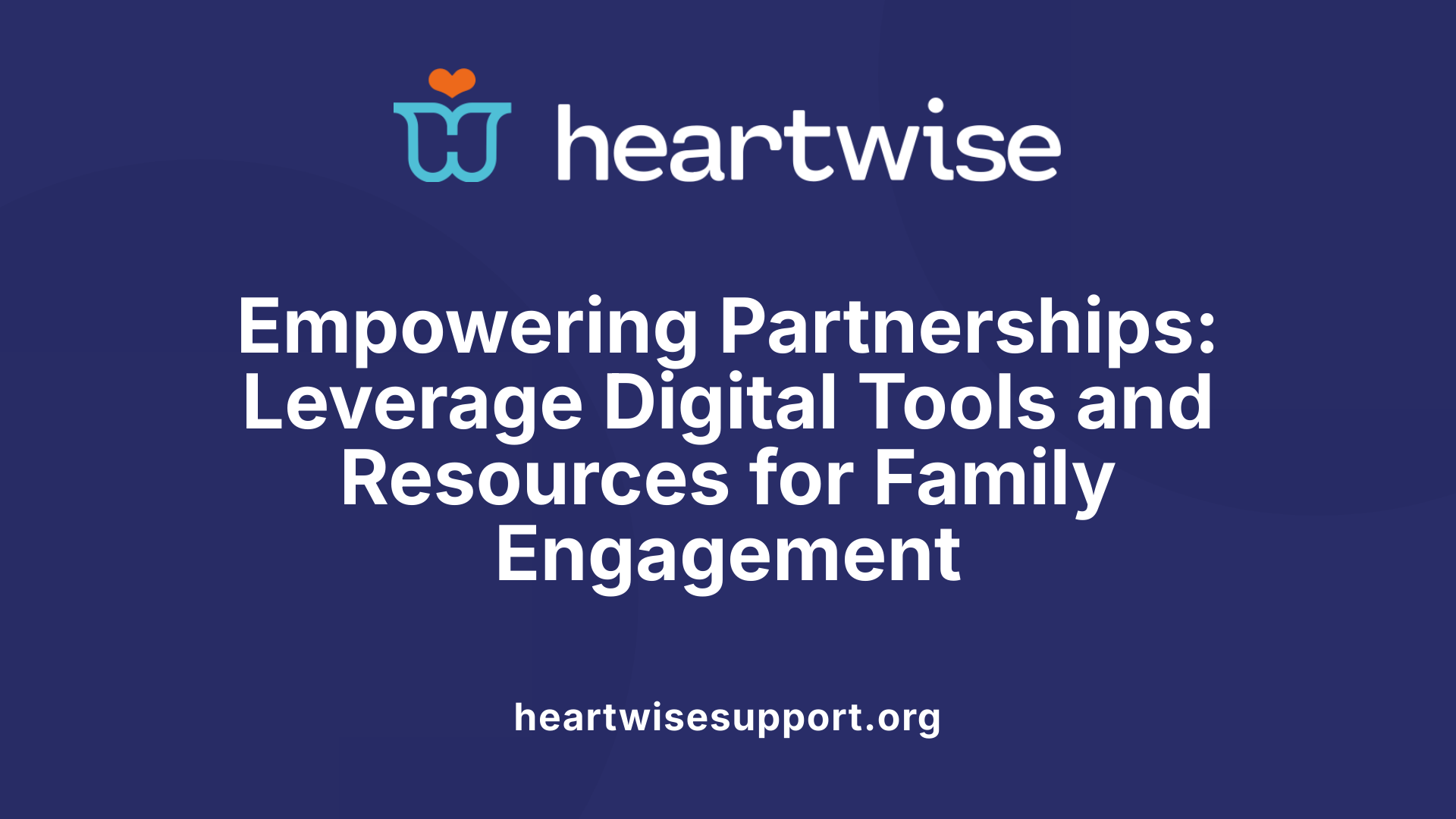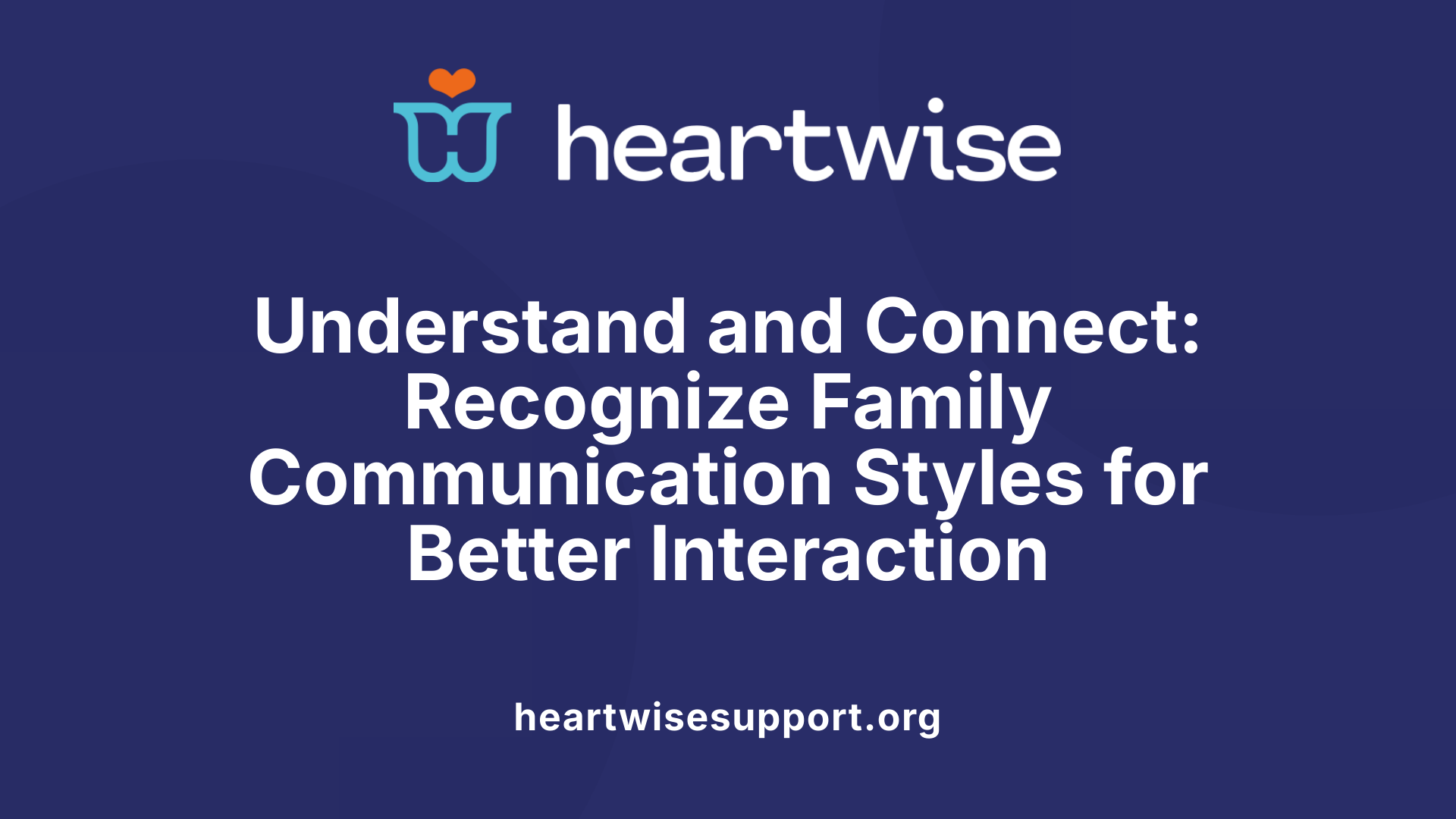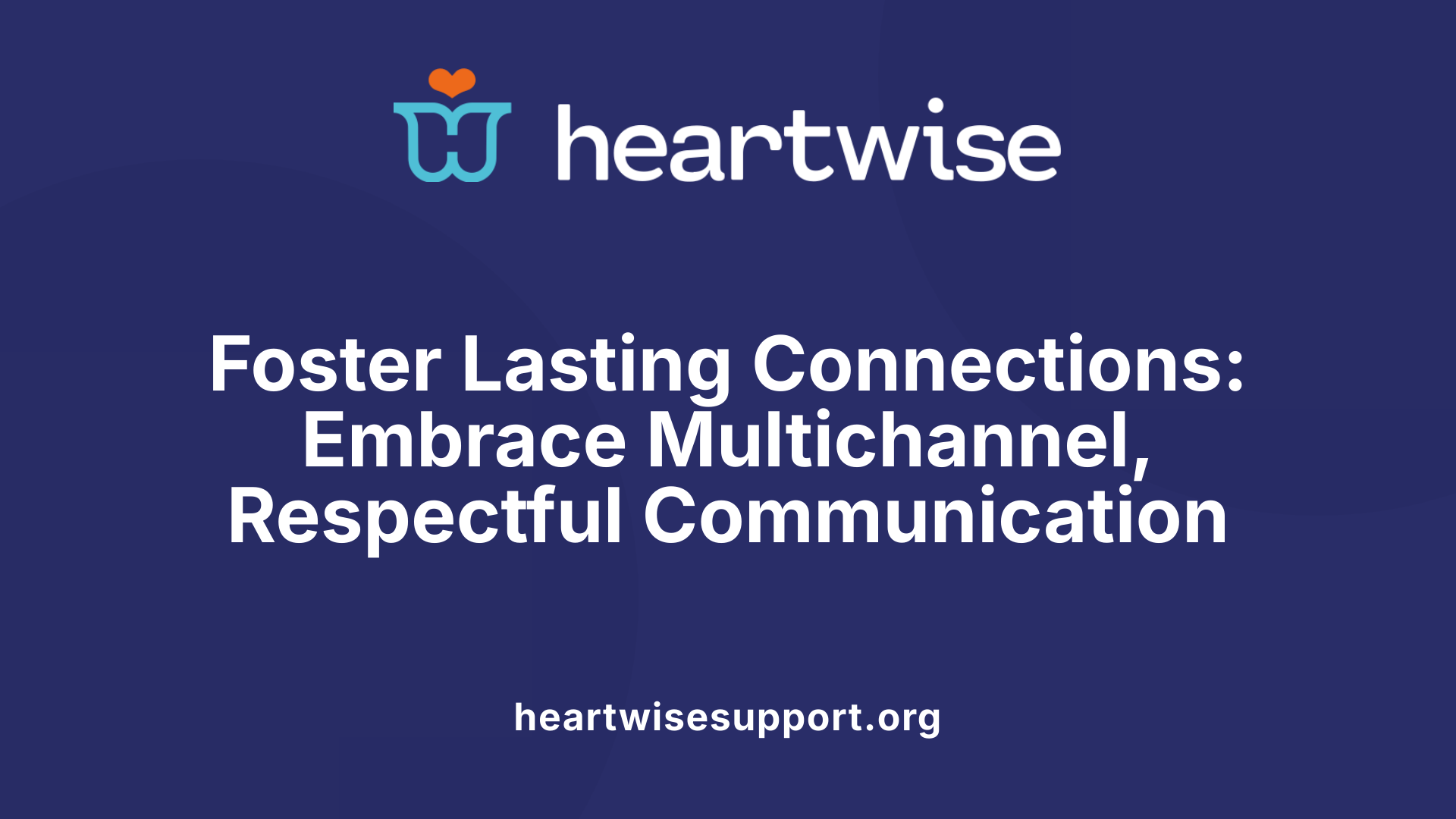The Importance of Family Communication in Education
Effective family communication and collaboration are fundamental to fostering supportive learning environments. When schools establish strong, respectful, and inclusive lines of communication with families, they can significantly influence student outcomes, behavior, and social-emotional development. This article explores practical strategies, culturally responsive practices, resources, and policies that educators can utilize to support meaningful family engagement and build authentic partnerships.
Proactive and Positive Communication Strategies
How can establishing early relationships through regular contact benefit schools and families?
Building relationships early in the school year sets a foundation of trust and openness. Schools that regularly reach out to families through personalized contacts, like phone calls, home visits, or introductory videos, create a welcoming environment. These efforts show families they are valued, which encourages ongoing engagement and collaboration. Early communication also helps identify family needs and preferences, making future interactions more effective.
What are effective methods for utilizing preferred communication channels?
Supporting diverse family backgrounds requires respecting their preferred ways of communication. Some families may prefer emails, texts, or social media, while others may value phone calls or face-to-face conversations. Schools should provide translation and interpretation tools to bridge language gaps, ensuring all families can participate meaningfully. By using familiar and accessible platforms, staff can foster more inclusive relationships.
How does maintaining consistent, timely, and clear feedback impact family engagement?
Regular updates and prompt responses help families feel informed and confident in their involvement. Clear, jargon-free communication about the child's progress, upcoming events, or concerns builds trust. Consistency in messaging demonstrates reliability and commitment, which encourages families to stay actively involved in their child's education.
Why is incorporating multiple communication channels important?
Using various methods—such as face-to-face meetings, digital platforms, newsletters, and community events—caters to different preferences and accessibilities. Technologies like ParentSquare facilitate multilingual, two-way interactions, making communication more effective. Diverse channels ensure that information reaches all families and allows for ongoing dialogue, strengthening partnerships.
| Strategy | Description | Example Tools/Methods |
|---|---|---|
| Early Relationship Building | Regular, personalized contact to establish trust | Phone calls, home visits, welcome videos |
| Preferred Communication Utilization | Using families' chosen methods and providing translation resources | Email, social media, interpretation tools |
| Consistent, Clear Feedback | Timely updates with straightforward language | Newsletters, progress reports, digital apps |
| Multiple Channels Adoption | Engaging families via various communication platforms | In-person meetings, texts, conference calls |
Building strong, ongoing communication with families is fundamental for student success. It creates an environment where families feel respected, engaged, and equipped to support their children's development.
Building Trust and Authentic Relationships with Families

How can educators build authentic and inclusive relationships with families?
Creating meaningful connections with families is essential for fostering a supportive learning environment. Educators can begin by establishing regular, honest, and respectful communication that respects each family's cultural background and individual needs. This ongoing dialogue helps build trust, making families feel valued and involved.
Practical strategies include sharing consistent updates about student progress, inviting families to participate in classroom activities, and involving them in decision-making processes. Activities such as parent-teacher conferences, home visits, and family nights create opportunities for genuine engagement.
Addressing cultural and language differences is also crucial. Teachers should utilize interpretation services, translate materials when needed, and be aware of cultural norms to ensure inclusive participation. Employing storytelling and encouraging families to share their experiences fosters a welcoming environment where children and their families feel seen and appreciated.
Building authentic relationships demands cultural humility and a commitment to understanding each family’s unique context. Through these efforts, educators lay a foundation of trust that promotes student success, emotional well-being, and a strong, inclusive school community.
Culturally Responsive Family Engagement Practices

What are some culturally responsive family engagement strategies?
Culturally responsive family engagement involves recognizing and honoring the diverse backgrounds of families within a school community. Schools adopting these strategies aim to create an inclusive atmosphere where families feel valued and understood.
Effective engagement begins with understanding and respecting families’ unique cultural practices and incorporating them into school activities. This may include celebrating cultural holidays, using culturally relevant materials, or involving community leaders from different backgrounds.
Communication is fundamental, and it should be accessible and multilingual, utilizing preferred channels such as texts, phone calls, or community meetings. Schools often use translation tools and interpreters to overcome language barriers, ensuring all families can participate actively.
Creating welcoming environments is also vital. This can be achieved through displays that reflect cultural diversity, greetings in multiple languages, and hosting community events that highlight various traditions. Scheduling should respect cultural and religious holidays to avoid conflicts and support participation.
Building strong relationships requires ongoing, two-way communication. Regular visits to families’ communities or homes can deepen understanding and trust. Involving families in decision-making processes, from planning school events to developing policies, promotes shared ownership of educational success.
Professional development for staff on cultural competence and relationship-building is crucial to maintain equitable and effective family engagement. Such training ensures educators are prepared to interact respectfully and responsively, fostering a partnership that benefits students' social, emotional, and academic outcomes.
In summary, engaging families in a culturally responsive manner supports diversity, fosters trust, and strengthens the collaboration needed to help all students thrive.
Resources and Tools for Effective Family Collaboration

What resources and guidance are available for educators to facilitate effective family collaboration?
Educators have access to an array of resources designed to strengthen collaboration with families and enhance student success. Professional development opportunities include courses, workshops, and online modules that focus on cultural competence, family engagement strategies, and anti-bias practices. For example, IMPACT’s Partnering with Families course offers evidence-based tools that support effective communication.
Communication best practices and templates are widely available, including sample scripts for outreach, family conference planning forms, and newsletters. These materials help ensure messages are respectful, clear, and culturally appropriate. Many districts utilize tools such as Talking Points, which allow for multilingual communication with translation features, fostering inclusivity.
Many resources also emphasize the importance of bilingual and multilingual materials. Schools should employ interpretation or translation tools to overcome language barriers, ensuring all families can participate fully. Websites and platforms like ParentSquare enable seamless, multilingual communication through texts, emails, and notifications, with built-in translation and alert systems.
Digital platforms offer essential features such as real-time translation, multimedia messaging (videos, audio), and appointment scheduling, making communication more accessible and engaging. Some tools also allow tracking of outreach efforts to evaluate engagement levels and identify gaps.
Guidance from governmental and educational agencies further supports schools in developing effective partnerships. The U.S. Department of Education provides resources on parent and family engagement, including policy frameworks, sample questions, and culturally responsive practices. State departments, such as the Wisconsin Department of Public Instruction, offer community engagement strategies, resource kits, and trauma-sensitive approaches to foster trust.
In addition, research-based frameworks from organizations like the Harvard Family Research Project highlight the importance of ongoing, meaningful interactions and mutual respect. These resources guide educators in building authentic, trusting relationships, ultimately supporting children’s emotional and social development.
| Resource Type | Examples | Purpose |
|---|---|---|
| Professional Development | Workshops, online courses, webinars | Build skills in family engagement and cultural competence |
| Communication Templates | Scripts, conference forms, newsletters | Facilitate respectful, consistent outreach |
| Digital Platforms and Tools | Talking Points, ParentSquare, classroom apps | Enable multilingual, accessible, and timely communication |
| Government and Agency Resources | U.S. Department of Education materials, DPI toolkits | Provide guidance on policies, best practices, and data sharing |
Building collaborative and trusting partnerships with families relies on accessible tools, ongoing professional learning, and guidance that recognizes the diverse backgrounds of families. When schools leverage these resources, they create inclusive environments where families feel valued and engaged in their children’s education.
Family Collaboration as a Catalyst for Improved Outcomes
Why is family collaboration important in supporting student outcomes and behavior management?
Building strong relationships between families and educators is vital for helping students succeed both academically and socially. When schools actively involve families through positive communication, it fosters trust and a sense of partnership. This ongoing dialogue can take many forms, such as phone calls, emails, texts, or face-to-face meetings, tailored to respect families' diverse backgrounds and preferences.
Frequent, two-way communication allows educators to share developmental information, address concerns promptly, and recognize positive behaviors beyond academics. This transparency reassures families and encourages their active participation in their child's education.
Studies have shown that meaningful family engagement not only improves student achievement but also enhances social skills and emotional resilience. When families collaborate with schools, they can work together to develop individualized behavioral support strategies, leading to a more cohesive and supportive environment for children.
Overcoming language barriers through interpretation or translation tools is also essential for inclusive engagement. By doing so, schools ensure all families feel valued, understood, and empowered to contribute to their child's growth.
Ultimately, family involvement translates into increased motivation for students, better behavior management, and improved educational outcomes. Regular, respectful, and intentional communication creates a supportive network that benefits everyone involved, especially the children.
Enhancing Communication and Collaboration through Action
Regular and positive communication plays a vital role in building trust and fostering strong relationships between schools and families. Educators can take several specific actions to improve this collaboration.
Firstly, making consistent outreach efforts—such as phone calls, emails, texts, and handwritten notes—helps establish rapport and keeps families informed about their child's progress and school activities. Incorporating positive remarks, beyond just academic concerns, reinforces appreciation and partnership.
Secondly, understanding and respecting families' diverse backgrounds is essential. Utilizing interpretation and translation tools ensures language barriers do not hinder communication. Schools can also designate specific times for outreach activities to accommodate families' schedules, fostering more inclusive and effective engagement.
Involving families in observations and developmental sharing is another impactful approach. Inviting parents to observe their children or participate in discussions about their growth enhances transparency. It offers opportunities for families to see firsthand how their children are developing socially and academically, improving understanding and trust.
Addressing concerns with sensitivity and respect is crucial. Honest, family-friendly language and active listening help turn potentially difficult conversations into opportunities for collaboration. Recognizing families' cultural roles and values, and avoiding jargon, make these interactions more meaningful.
Employing digital tools like newsletters, social media, or parent communication apps—such as ParentSquare—further supports ongoing dialogue. These platforms can be used for updates, sharing resources, and gathering input, making communication more accessible, especially for multilingual families.
By implementing these strategies—regular positive outreach, inclusive communication methods, family participation in observations, and respectful concern resolution—schools can foster an environment of mutual respect and collaboration. This partnership nurtures children's social, emotional, and academic growth, creating a cohesive, supportive educational community.
Understanding Family Communication Patterns

What are some common family communication patterns?
Family communication patterns can significantly influence how family members interact and socialise. These patterns fall into four main types, which are identified based on two key dimensions: how much families encourage open discussion (conversational orientation) and how much they emphasize shared values and obedience (conformity orientation).
Consensual families score high on both dimensions. They foster open dialogue, respect different viewpoints, and uphold shared beliefs, creating a balanced environment of expression and unity.
Pluralistic families promote open communication without strict adherence to shared beliefs. They support independent thinking and dialogue, encouraging family members to express themselves freely.
Protective families, in contrast, prioritize obedience and adherence to parental rules with limited open discussion. These families often emphasize conformity over individual expression.
Laissez-faire families are characterized by minimal communication and little emphasis on shared values. They promote independence and often have loose boundaries, with family members functioning largely on their own.
How do these patterns influence family dynamics and socialization?
These communication styles shape family relationships, influence how children learn social norms, and impact sibling relationships and shared understanding. For example, consensual families may foster strong communication skills and emotional bonds, while protective families might emphasize discipline and obedience. Understanding these patterns can help in fostering healthy family interactions and promoting positive socialization both within and outside the family.
Creating a Culture of Ongoing Partnership and Inclusivity

How can schools promote ongoing communication and partnership with families?
Establishing consistent, multi-channel communication is crucial for building strong relationships with families. Schools should utilize various methods such as face-to-face meetings, phone calls, emails, newsletters, and digital platforms including translation tools to ensure accessibility for all families, no matter their background or language preferences.
Regular and respectful interactions foster trust and demonstrate a school’s commitment to partnership. For instance, scheduling routine home visits, sending timely updates, and responding promptly to inquiries help families feel valued and engaged.
Involving families in decision-making processes and school activities, such as participation in planning meetings or feedback sessions, respects their cultural identities and home experiences. This approach encourages meaningful involvement and shared responsibility for children’s success.
Providing opportunities for open dialogue through parent conferences, surveys, or informal gatherings enables families to voice concerns, share insights, and collaborate effectively.
By demonstrating openness, understanding, and responsiveness consistently, schools create a positive environment conducive to ongoing, mutually respectful partnerships that support students’ academic and social-emotional development.
How can structured systems support family involvement in decision-making and ongoing participation?
Implementing structured systems such as scheduled meetings, conferences, and organized events helps establish clear channels for family involvement. These structures ensure regular communication and give families opportunities to contribute their perspectives and concerns.
Tools like Family Conference Planning Forms and digital communication platforms with translation features facilitate collaboration and enhance participation from diverse families.
Furthermore, hosting family nights, back-to-school events, and feedback sessions allows families to learn more about the school environment, policies, and their children's progress. These interactions foster trust and shared commitment.
Creating welcoming and inclusive spaces during these meetings encourages honest dialogue, which is vital for building long-lasting, authentic partnerships.
What are effective ways to host family events and gather feedback?
Successful family events include open houses, cultural celebrations, and Parent-Teacher Association gatherings that highlight inclusivity and cultural reflection. Offering child care, transportation support, and flexible scheduling helps remove participation barriers.
Soliciting feedback through surveys, suggestion boxes, or informal conversations gives families a voice in shaping school policies and programs.
Providing materials in multiple languages and using interpreters ensures all families can share their perspectives comfortably.
Regularly updating families on how their feedback influences school decisions demonstrates that their input is valued, reinforcing ongoing engagement.
How can schools sustain engagement throughout the school year?
Maintaining family engagement involves continuous effort and intentional planning. Schools should regularly communicate through various channels, recognize family contributions, and invite ongoing involvement in classroom activities, committees, or volunteer opportunities.
Expanding caregiver roles by encouraging participation in homework support, school events, and decision-making committees keeps families actively involved.
Hosting multiple events throughout the year and offering flexible options for participation fosters a sense of community and shared purpose.
Incorporating feedback, celebrating successes collectively, and providing resources to support home learning help sustain motivation and partnership—all crucial for long-term collaboration that benefits student learning.
Shaping a Collaborative Future in Education
Effective support for family communication and collaboration requires intentional strategies, cultural responsiveness, ongoing relationship-building, and supportive policies. By fostering respectful, inclusive, and accessible dialogue, educators and families can work together to create nurturing environments that promote student engagement, achievement, and well-being. As schools commit to nurturing authentic partnerships, they lay the foundation for lifelong learning and shared success, ultimately benefiting every child's educational journey.
References
- 7 Ways to Promote Positive Communication With Families - Edutopia
- Promoting Family Engagement: Communicating With Families
- Communication Strategies for Collaborative Partnerships with Families
- Connect and Collaborate With Families - Casel Schoolguide
- Six Strategies for Partnering With Families at the Start of the School ...
- 4 Strategies to Support Challenging Behavior with Family-School ...
- Five Rs for Promoting Positive Family Engagement | NAEYC
- 5 Culturally Responsive Family Engagement Strategies - Edutopia
- How to Build Strong Family-School Partnerships | NYU Steinhardt
- 7 Ways to Promote Positive Communication With Families - Edutopia











